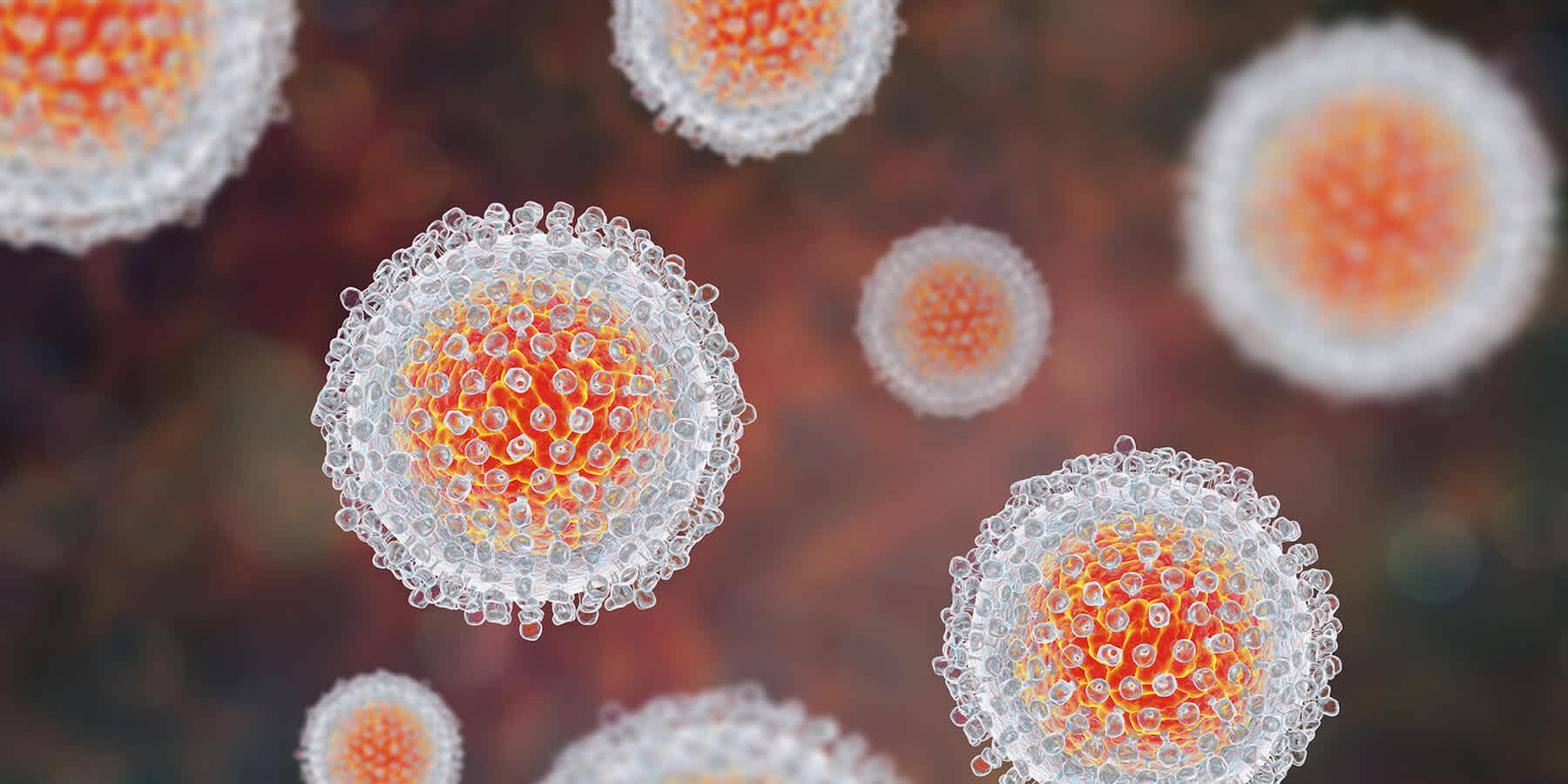
What Is Ceftriaxone Used For?
Written on June 27, 2023 by Sendra Yang, PharmD, MBA. To give you technically accurate, evidence-based information, content published on the Everlywell blog is reviewed by credentialed professionals with expertise in medical and bioscience fields.
Table of contents
- Cephalosporins
- What is Ceftriaxone
- FDA Indications and Uses of Ceftriaxone
- Ceftriaxone for Gonorrhea Infection
- Telehealth and at-home lab tests with Everlywell
- Related Content
One of the most well-known antibiotics in history is penicillin.[1,2] Since the discovery of penicillin by Alexander Fleming in 1928, many antibiotics have been developed, especially during the “golden age of antibiotics” between the 1940s and 1970s, to transform the treatment of infectious diseases.[1,2] In 1945, a class of antibiotics called cephalosporins was initially discovered from substances found in a type of mold.[3,4] It was not until the 1960s that semisynthetic forms of cephalosporins were produced in the lab from natural compounds.[4] Cephalosporins are now a widely used antibiotic, and this use continues to expand.[3]
Cephalosporins
Similar to penicillin, cephalosporins are considered part of the “beta-lactam” group of antibiotics and are used to treat a broad range of infections. [4-5] Cephalosporins can be used against skin infections, meningitis, and other infectious diseases. There are currently five generations of cephalosporins, each with a spectrum of coverage for different types of microbes (such as gram-positive or gram-negative and cocci or bacilli bacteria).
Antibacterial Coverage and Different Cephalosporin Generations
A bacteria is classified as gram-positive or gram-negative by how the composition of its bacterial cell membranes retains a colored stain.[6] The first-generation cephalosporins have good coverage against most bacteria that are gram-positive cocci, with little range for gram-negative.[5] In general, with each increasing generation up to the third generation, the coverage for gram-positive cocci bacteria decreases, and the activity against gram-negative increases.[5] The following medications are part of the cephalosporin class based on their generation:[5]
- First-generation: cefazolin, cephalothin, cefadroxil, and cephalexin
- Second-generation: cefuroxime, cefprozil, cefotetan, and cefoxitin
- Third-generation: cefotaxime, cefdinir, cefixime, and ceftriaxone
- Fourth-generation: cefepime
- Fifth-generation: ceftaroline
The third-generation cephalosporins are the most commonly prescribed.[4] The longest-acting third-generation cephalosporin is ceftriaxone.[4,7]
What is Ceftriaxone
Ceftriaxone is a semisynthetic third-generation cephalosporin antibiotic.[4,5] It is only available as an injection, administered intramuscularly (into large muscles) or intravenously (into a vein).[7-9] Ceftriaxone is long-acting because it is highly bound to albumin in the body and has a long elimination half-life (6 to 9 hours).[8,9] ] The primary way ceftriaxone is removed from the body is through urine. Ceftriaxone has a good safety profile and is a generally well-tolerated drug.[7-9] The most common adverse effects include diarrhea, rash, and injection site reactions.[9]
Ceftriaxone, like other cephalosporins and beta-lactams, works similarly to penicillin to kill bacteria. Ceftriaxone binds to specific proteins — called penicillin-binding proteins — on the bacteria, impacting the bacterial cell wall by initiating rupture and preventing synthesis. Ceftriaxone has a broad spectrum of activity against many gram-negative and gram-positive organisms, including but not limited to [8]:
- Streptococcus pneumoniae
- Staphylococcus aureus
- Haemophilus influenzae
- Haemophilus parainfluenzae
- Klebsiella pneumoniae
- Escherichia coli
- Streptococcus pyogenes
- Pseudomonas aeruginosa
- Proteus mirabilis
- Proteus vulgaris
- Neisseria gonorrhoeae
- Bacteroides fragilis
- Neisseria meningitidis
FDA Indications and Uses of Ceftriaxone
What is ceftriaxone used for? Ceftriaxone is used for a number of U.S. Food and Drug Administration (FDA) approved indications based on the organisms causing the infection. Ceftriaxone is used for:[8]
- Lower respiratory tract infections
- Acute bacterial ear infections
- Skin infections
- Urinary tract infections
- Uncomplicated gonorrhea infection
- Pelvic inflammatory disease
- Blood infections
- Bone and joint infections
- Intra-abdominal infections
- Meningitis
- Post-surgery infection prevention
Ceftriaxone for Gonorrhea Infection
One of the uses for ceftriaxone is to treat uncomplicated gonorrhea infections in the cervix, urethra, and rectum.[8,10] Gonorrhea is a sexually transmitted disease (STD) caused by the Neisseria gonorrhoeae organism. Gonorrhea can be cured with the appropriate treatment by a healthcare provider. The Centers for Disease Control and Prevention recommends 500 mg of intramuscular ceftriaxone as a single dose.[10] A growing concern with gonorrhea is the increase in antibiotic resistance, making treatment more challenging.
Telehealth and at-home lab tests with Everlywell
Everlywell offers on-demand STD appointments, where you can schedule a time to meet with a licensed healthcare provider if you think you have been exposed to an STD.
Another option to consider is the available at-home lab tests. Everlywell has a home STD test for males and a home STD test for females that screen for six common STDs, including gonorrhea. There is also an at-home lab Chlamydia & Gonorrhea test that checks for these two STDs. If the results are positive, you will have the opportunity to connect with an independent healthcare provider and may receive treatment if applicable.
Related Content
How Much Does STD Treatment Cost Without Insurance?
References
- Adedeji WA. The treasure called antibiotics. Ann Ib Postgrad Med. 2016;14(2):56-57.
- Khardori N, Stevaux C, Ripley K. Antibiotics: From the Beginning to the Future: Part 1. Indian J Pediatr. 2020;87(1):39-42. doi: 10.1007/s12098-019-03087-z.
- Kein NC, Cunha BA. Third-generation cephalosporins. Med Clin of North America. 1995;79(4):705-719.
- Arumugham VB, Gujarathi R, Cascella M. Third-Generation Cephalosporins. 2022. In: StatPearls [Internet]. Treasure Island (FL): StatPearls Publishing; 2023 Jan.
- Bui T, Preuss CV. Cephalosporins. 2023. In: StatPearls [Internet]. Treasure Island (FL): StatPearls Publishing; 2023 Jan.
- Silhavy TJ, Kahne D, Walker S. The bacterial cell envelope. Cold Spring Harb Perspect Biol. 2010;2(5):a000414. doi: 10.1101/cshperspect.a000414.
- Stratton CW, Anthony LB, Johnston PE. Review of Ceftriaxone. The Ameri Jour of the Med Sci. 1988; 296 (3): 221. doi: 10.1016/S0025-7125(16)30034-7.
- DailyMed - ceftriaxone sodium injection, powder, for solution. U.S. National Library of Medicine. Accessed June 16, 2023. URL.
- Richards DM, Heel RC, Brogden RN, Speight TM, Avery GS. Ceftriaxone. Drugs. 1984; 27:469–527. doi: 10.2165/00003495-198427060-00001.
- CDC - gonorrhea treatment. Centers for Disease Control and Prevention. December 1, 2022. Accessed June 16, 2023. URL.
